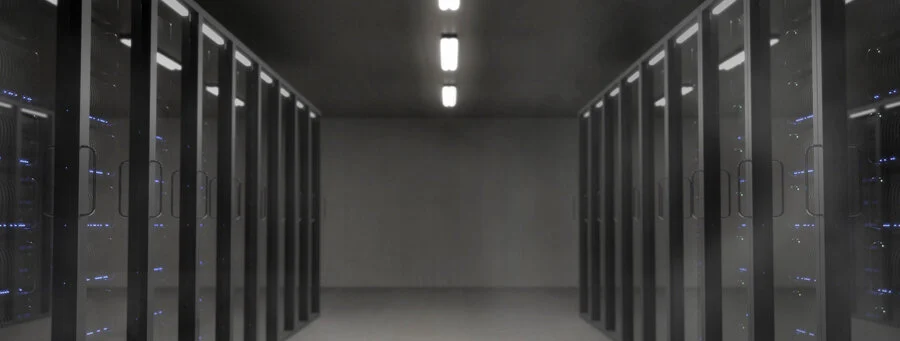6 min read
What Exactly is Digital Transformation?
…and does it really apply to me? Organizations often find themselves in the position of replacing or upgrading their Enterprise Resource...

Which option is better – upgrading your current ERP system or replacing the entire system? As the complexity of business computing continues to grow, companies are faced with this decision continually.
If the current ERP system seems to work you might think it to be an easy decision, but there are a number of factors that need to be considered before you commit to an upgrade.
Often, the existing product appears to be working for the company. The challenge here is that users are very adaptive and over a period of time will have created processes to compensate for system shortcomings. Often this workaround is unnoticed or even unknown until key individuals leave.
Then suddenly things break down. Why? That individual had become a component of the system filling the gaps in that product and keeping things going. Without that person, the process breaks down with no documentation or inherent understanding of what was done to compensate for the system’s shortcomings.
The next thing to consider: what does an upgrade really offer? With software consolidations over the last 10+ years, many of the major providers own any number of products. If you are a customer of an acquired product, it can be hard to get straightforward information on the future of that product.
Almost all vendors will say that as long as they have customers paying support they will continue to support the product, but will your system be supported for the functionality you need? A release that has been in the public domain for five or more years has had all the inherent bugs fixed long ago. So what you need from your upgrade dollars is additional functionality that is compatible with today’s computing environment.
New releases or rewrites manifest themselves in several ways. Some new releases fix long-term issues that didn’t require a major rewrite along with any function changes necessitated by government requirements. In this case, the basic architecture which could be more than 20 years old, is unchanged, so interoperability with current digital commerce is unchanged.
In this case, there are often a number of add-ons, customizations, etc. that must be changed with the upgrade, so it’s not a simple process. The biggest problem with this type of upgrade: after all that work, you still have basically the same capability you had before. You just put really expensive lipstick on a pig.
The other phenomenon is the “new” version of an existing product that moved to a new delivery platform. Companies redo the user interface, change the delivery from on-site to the cloud, and then announce a new version. It does not offer better functionality even though the product is marketed that way. The basic underlying platform is 20 years old and no more capable than the old version.
Vendors ultimately want to move the clients they have gained through multiple acquisitions into a single platform. This, too, can be promoted as an upgrade when in fact it’s a ‘new’ system conversion — ‘new’ because it may be new for you, but it is still using a legacy platform.
In the last 10 years, the number of vendors offering products in the ERP space has ballooned to over 200. Many of these companies built products to specifically address the needs of today’s e-commerce world. How we, as individuals go about our daily business, has changed dramatically in just the last five years.
Amazon can have almost anything to your door in 24 hours based on an order from your smartphone. Paying a bill with a paper check is almost unheard of. So, simply upgrading a product built on 20-year-old technology is asking for the impossible and cannot add the functionality often needed to meet today’s demand.
In the end, you need to determine the advantages for yourself but make this decision with all of the information. If your system meets the functional needs of your company, then staying with what you have or upgrading if it offers the right functionality is the right choice. But before you make an upgrade to your system, do the research and do the math.
You may be surprised to find that replacing your ERP system with one built on new technology is often no more costly than an upgrade and will offer functionality far superior to anything an old platform, no matter how much lipstick is added, can offer.

6 min read
…and does it really apply to me? Organizations often find themselves in the position of replacing or upgrading their Enterprise Resource...
.png)
Enterprise Resource Planning (ERP) systems are no longer just tools for industry giants—they’ve become the backbone of operational efficiency for...

Business leaders have always had to face the winds of change but 2023 brings combined challenges, the likes most have not seen in their lifetimes...